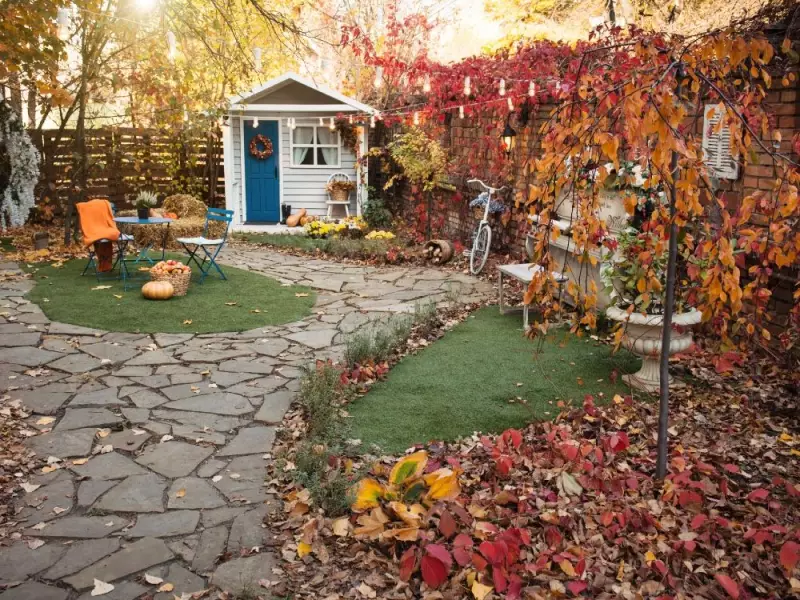
As the vibrant colours of autumn transform Ottawa's landscape, many homeowners face the annual dilemma: what to do when those beautiful leaves start falling? The answer might surprise you—sometimes, doing less is actually better for your garden.
The Great Leaf Debate: To Rake or Not to Rake?
While the instinct to immediately clear every leaf from your lawn is strong, gardening experts suggest a more balanced approach. A light covering of leaves can actually benefit your grass by providing natural insulation and nutrients as they decompose. However, when leaves pile up too thickly, they can smother your lawn and create ideal conditions for mold and pests.
Smart Leaf Management Strategies for Ottawa Gardeners
Create Nutrient-Rich Compost
Instead of bagging leaves for disposal, consider turning them into valuable compost. Shredded leaves break down quickly and create excellent "leaf mold"—a dark, crumbly material that improves soil structure and provides essential nutrients for next year's garden.
Mulch Leaves Directly into Your Lawn
Using a mulching mower, you can chop leaves into fine pieces that will quickly decompose and feed your grass. This method saves time and provides free fertilizer for your lawn.
Use Leaves as Winter Protection
Spread a layer of leaves around tender perennials and shrubs to protect them from Ottawa's harsh winter temperatures. The leaves act as natural insulation, keeping soil temperatures more consistent.
Timing Your Fall Garden Cleanup
The ideal time for major leaf cleanup in the Ottawa area is typically late October through November. Watch for when most leaves have fallen but before the first heavy snowfall. This timing allows you to address the bulk of leaves in one or two sessions while still leaving some protective cover for beneficial insects that overwinter in garden debris.
Beyond the Lawn: Creative Uses for Autumn Leaves
- Garden Bed Enhancement: Work shredded leaves into vegetable and flower beds to improve soil quality
- Natural Pathway Material: Use dried leaves to create soft, aromatic paths through garden areas
- Wildlife Habitat: Leave some leaf piles in corners of your yard to provide shelter for frogs, butterflies and other beneficial creatures
Remember, the goal isn't necessarily a perfectly leaf-free yard, but rather managing leaves in ways that benefit both your garden and the local ecosystem. By adopting these smart leaf management practices, Ottawa gardeners can turn the annual autumn chore into an opportunity to enhance their landscape naturally.





